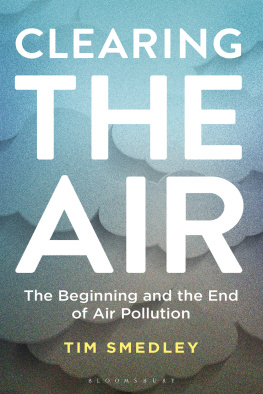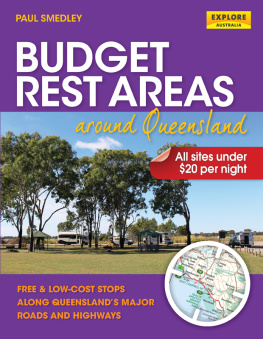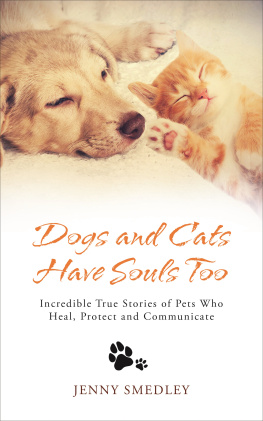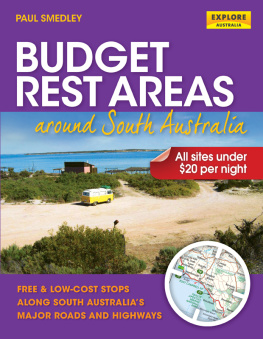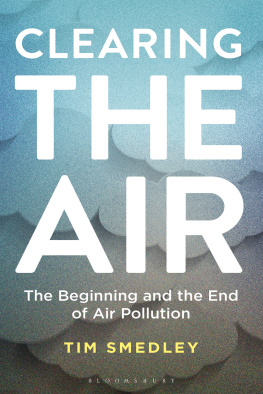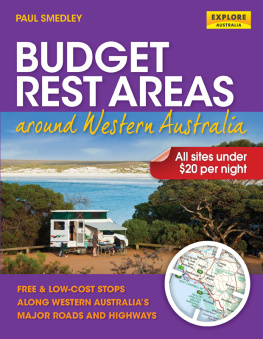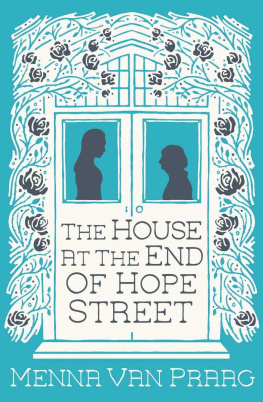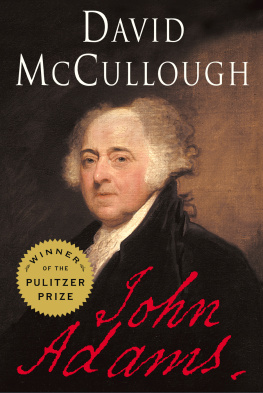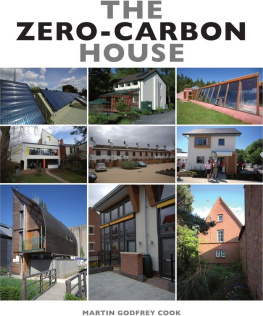
Also available in the Bloomsbury Sigma series:
Spirals in Time by Helen Scales
A is for Arsenic by Kathryn Harkup
Breaking the Chains of Gravity by Amy Shira Teitel
Herding Hemingways Cats by Kat Arney
Sorting the Beef from the Bull by Richard Evershed and Nicola Temple
Death on Earth by Jules Howard
The Tyrannosaur Chronicles by David Hone
Soccermatics by David Sumpter
Big Data by Timandra Harkness
Goldilocks and the Water Bears by Louisa Preston
Science and the City by Laurie Winkless
Bring Back the King by Helen Pilcher
Furry Logic by Matin Durrani and Liz Kalaugher
Built on Bones by Brenna Hassett
My European Family by Karin Bojs
4th Rock from the Sun by Nicky Jenner
Patient H69 by Vanessa Potter
Catching Breath by Kathryn Lougheed
PIG/PORK by Pa Spry-Marqus
The Planet Factory by Elizabeth Tasker
Wonders Beyond Numbers by Johnny Ball
Immune by Catherine Carver
I, Mammal by Liam Drew
Reinventing the Wheel by Bronwen and Francis Percival
Making the Monster by Kathryn Harkup
Best Before by Nicola Temple
Catching Stardust by Natalie Starkey
Seeds of Science by Mark Lynas
Outnumbered by David Sumpter
Eye of the Shoal by Helen Scales
Nodding Off by Alice Gregory
The Science of Sin by Jack Lewis
The Edge of Memory by Patrick Nunn
Turned On by Kate Devlin
Borrowed Time by Sue Armstrong
Love, Factually by Laura Mucha
The Vinyl Frontier by Jonathan Scott
For Robin and Silvia, Isaac and Thomas

Contents
My first daughter was born in London in March 2014, at St Marys Hospital in Paddington, on the first day of spring. The sky was a brilliant blue and daffodils burst yellow with optimism from grey concrete pavement pots. I staggered out into the mid-morning to a new day, a new life, with all the hopefulness of fatherhood and new beginnings (and an urgent order for coffee to fulfil). But I was oblivious to the fact that I was walking down one of the most polluted roads in one of Europes most polluted cities. I also didnt know that we were in the middle of a month-long air pollution episode that would cause 600 deaths in London plus 1,570 emergency hospital admissions some at the very same hospital I had just emerged from.
In the coming weeks and months of that year, however, I started to become aware of air pollution. I hate myself for fitting the clich, but yes, parenthood did suddenly make me more aware of risk. The scene in the film Paddington where the Browns arrive at the maternity ward as carefree hippies on the back of a Harley-Davidson and leave nervously in a grey family car with their new arrival, rings embarrassingly true. As a sustainability journalist I had covered environmental issues for years for the Guardian , Financial Times , BBC and the Sunday Times . But I hadnt paid much attention to the most immediate environmental issue of all: the air we breathe. If I thought of air pollution at all, I thought of smog and smog was something other countries suffered from. But now, with an infant to protect, I started to notice the visceral throb of traffic in central London; the brown tinge to the sky even on cloudless days; the blackened nostrils after commuting on the Tube.
My awakening seemed to happen in parallel with that of other Londoners, too. Londons Mayor Boris Johnson confessed to the Evening Standard in December 2014 that Oxford Street had the worst diesel pollution on Earth. To say this came as a surprise is something of an understatement: the shopping street where I took my daughter to pick out her first pram had some of the most polluted air in the world ?! Where were the health warnings, the public information signs, the protesters marching? All I could see were happy, oblivious shoppers. Barely a week into 2015 came another Evening Standard headline: Oxford Street pollution levels breached EU annual limit just four days into 2015. The article said things about the EU limit for nitrogen dioxide (NO2) levels above 200 micrograms per cubic metre and something regarding tackling diesel pollution. But I had no idea what any of those things meant. What is nitrogen dioxide? Why is it bad? And whats the beef with diesel?
My professional instincts kicked in and I began to research. This started with a few articles, for the BBC and others, but soon the topic blew up. And not just in the UK, but in cities across the world. The smog in Beijing, China, was becoming so bad that it was dubbed the Airpocalypse. Pictures circulated on social media of Beijing students sitting their exams so couched in smog that they could barely see the neighbouring table. Stories emerged from Delhi, India, such as the Guardian s Toxic smog covers Delhi after Diwali (31 October, 2016), which pointed the finger at the density of some harmful particles and droplets in the air up to 42 times the safe limit. Particles of what, I wondered? Droplets of what? What safe limit? And then came the death figures. In late 2016, the World Health Organisation (WHO) announced that outdoor air pollution caused over 3 million deaths worldwide; by 2018, the WHO revised this up to 4.2 million.to the Royal College of Physicians, 40,000 people were dying each year from air-pollution-related illnesses. But what were these airborne illnesses?
I decided I had to go to these cities and meet the experts who could tell me what the hell was going on. And when I did, the depth and breadth of what they had to say made it clear that this was not going to be a series of articles this was a book. In the words of the eminent American epidemiologist I spoke to, Dr Devra Davis, those felled by environmental conditions seldom even know why they are dying. Its about time they were told.
Some of the stories I encountered were painful to hear. Beijing citizens told me of smogs so bad that the sky turned black in the middle of the day, and persistent illnesses that never went away. When I landed in Delhi in late 2017, I experienced some of the worst smog Id ever seen or inhaled and yet the general mood in the city was jubilant, because the conditions were far better than the week before, when even the street dogs started dying from heavy smoke that clung to the ground and entered peoples homes like an intruder. The Delhi half marathon went ahead that week, regardless, with runners wearing face masks and complaining of burning eyes.
Mexico City was more polluted than Delhi in the 1990s. Melba Pria, now the Mexican ambassador to India, told me of her experiences as a young adult in the city back then, when the crisis peaked: The Ministry of Education tested sixth-graders [11-year-olds], and 80 per cent of the children in Mexico City said that the sky was grey and 10 per cent said the sky was brown. Only 10 per cent said that the sky was blue Then birds started falling from the sky. Little birds. Suddenly you found dead sparrows in the walkway In Mexico City despite everything else, you have lots of hummingbirds. Then there were no hummingbirds to be seen. It was like [sharp intake of breath], These are our birds, how is it that they are not there any more?! The smog was so bad that all the schools were closed for two consecutive months. I remember a colleague of mine, and I remember it very clearly because it was very shocking for me, says Pria. Her kid was at home [during the school closure]. She was telling me that her kid was locked in the apartment. The boy said one day, Mummy, my window friend is ill today. The mum said, what do you mean, window friend? The boy had made friends with another boy from another building that was relatively far away they would play together by making signs from window to window, because they werent allowed to leave the house. That was very disturbing to me.

